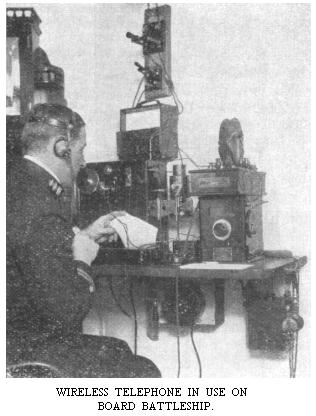| Total amount of capital of telephone companies (Bell and Independent), operating in the United States, about . . . | $2,000,000,000 |
| Two of the larger "Bell" Companies have over $200,000,000 capital each and nineteen companies have from $10,000,000 to $50,000,000 each. |
| Total number of Bell exchanges . . . | 4,889 |
| Miles of wire on poles and in buildings (Bell) . . . | 2,754,571 |
| Miles of wire underground (Bell) . . . | 3,241,471 |
| Miles of wire under water (Bell) . . . | 11,690 |
| Total miles of wire (Bell) . . . | 6,007,732 |
| Total circuits (Bell) . . . | 1,384,175 |
| Total stations (Bell) . . . | 2,727,289 |
| Total employees (Bell) . . . | 90,324 |
| Total number of instruments in use (Bell) . . . | 7,107,386 |
| Total number of messages per year (Bell) . . . | 5,305,900,000 |
| Average daily calls per subscriber (Bell) . . . | 6 |
| "Independent" companies in the United States . . . | 9,000 |
| Number of instruments in use (Independent) . . . | 3,500,000 |
| Number of messages annually (Independent) . . . | 3,700,000,000 |
| Number of telephone shareholders in the United States . . . | 550,000 |
| Increase in business per year . . . | 15% to 20% |
| Total yearly income, Bell and Independent, about . . . | $450,000,000 |
|
